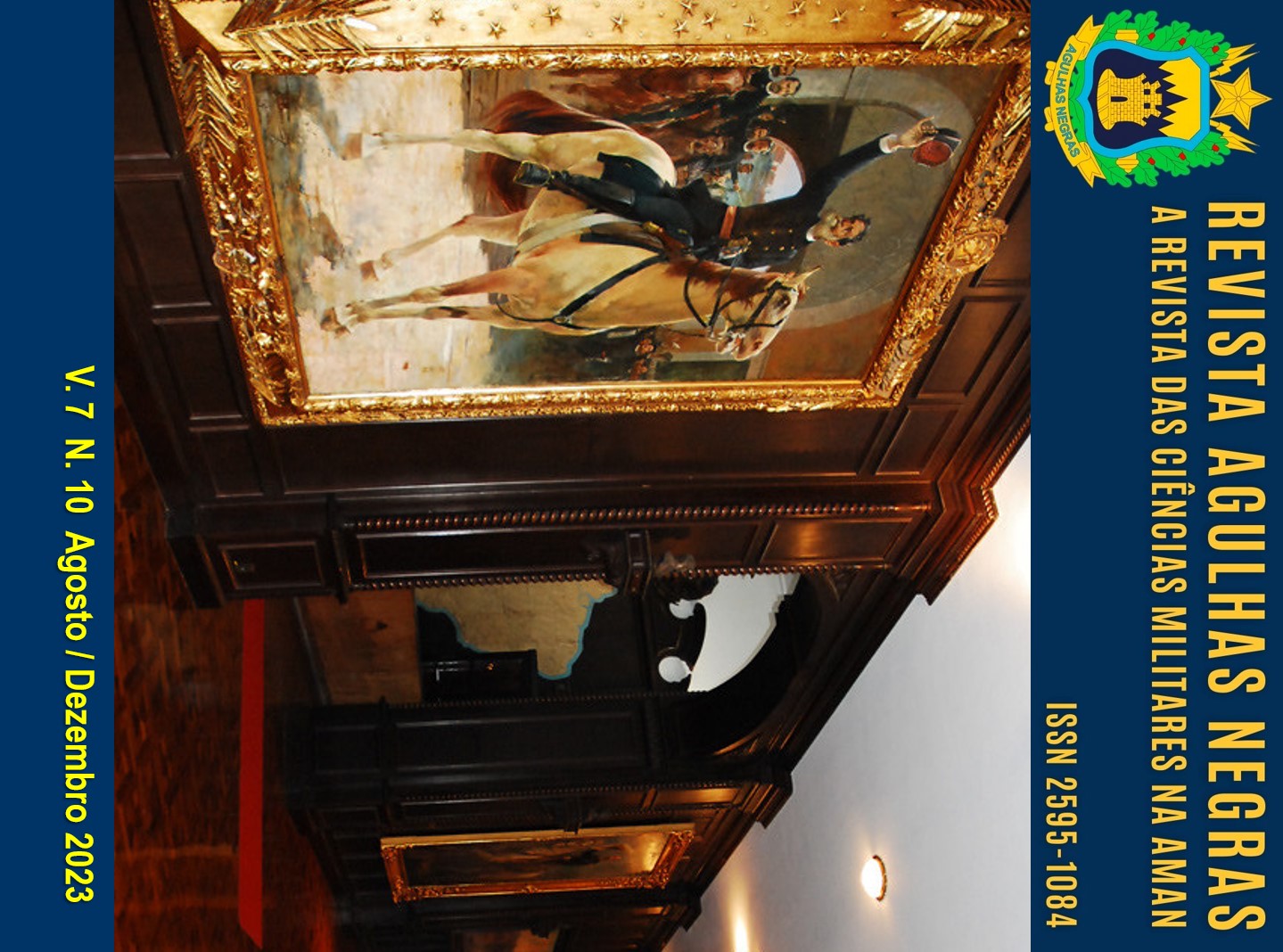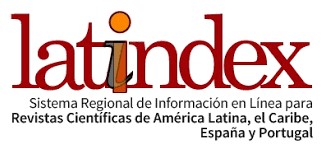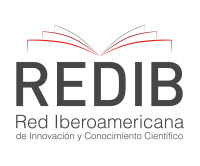Analysis of Abstracts from the Aviation Area
patterns of textual and lexico-grammatical organization
Abstract
This article is part of Interdisciplinary Studies on Education, with a linguistic bias, describing the patterns of textual organization and lexicogrammatical choices of the abstract textual genre of academic articles in the field of aviation, collected in the journal Air Space Power Journal. The analysis was divided into two moments. The first one consisted of analyzing the patterns of textual organization, based on the proposal of Bhatia (1993) who, based on Swales (1994, 2004), describes movements and strategies commonly used in abstracts. The second one was the analysis of linguistic choices, which had the Systemic-Functional Linguistics of Halliday (1994) and Halliday & Matthiessen (2004, 2014) as theoretical-methodological support. The data allow us to say that there are, predominantly, three patterns of textual organization in the area and, with regard to linguistic choices, there are clusters (patterns of co-occurrence between lexical items, namely, groups of words that occur together frequently) that are used in specific movements and strategies to draw the reader's attention to the objective of the article, as well as the use of modality to express results and considerations about the research carried out
Downloads
References
ARAÚJO, A.D. Lexical signalling: a study of unspecific nouns in book reviews. Tese (Doutorado em Linguística Aplicada) – UFSC. Florianópolis, 1996.
ATKINSON, D. Scientific discourse in sociohistorical context: the philosophical transaction of the Royal Society of London, 1675-1975. Mahwah, NJ: Lawrence Erlbaum Associates, 1999.
BANKS, D. The Development of Scientific Writing: Linguistic Features and Historical Context. London: Equinox, 2010.
BARBER, C.L. Some measureable characteristics of scientific prose.IN: F. BEHRE (Ed.), Constributions to English Syntax and Philology. Stockholm: Almquist and Wiksell, 1962.
BHATIA, V. K. Analyzing genre: language use in professional settings. Longman, 1993.
CABRAL, S. S. O que é encaixamento na Linguística Sistêmico-Funcional? Revista ENTRELETRAS (Araguaína), v. 13, n. 1, jan./abr. 2022.
GOUVEIA, C. A. M. Texto e gramática: uma introdução à linguística sistémico-funcional. Matraga, v. 16, n. 24, p. 13-47, jan./jun. de 2009.
GROSS, A. The rhetoric of science. Cambridge, MA: Harvard University Press, 1996.
GROSS, A., HARMON, E.J. & REIDY, M. Communicating Science: The Scientific Article from the 17th Century to the Present. Oxford: Oxford University Press, 2002.
HALLIDAY, M. A. K. Language as Social Semiotic: The Social Interpretation of Language and Meaning. London: Edward Arnold, 1978.
HALLIDAY, M. A. K. An Introduction to Functional Grammar. London: Edward Arnold, 1985.
HALLIDAY, M. A. K. An Introduction to Functional Grammar. London: Edward Arnold, 1994.
HALLIDAY, M. A. K., & MATTHIESSEN, C.M.I.M. An Introduction to Functional Grammar. Londres: Edward Arnold. Third Edition, 2004.
HALLIDAY, M. A. K., & MATTHIESSEN, C.M.I.M. An Introduction to Functional Grammar. Londres: Edward Arnold, 2014.
IGNATIEVA, N. & RODRÍGUEZ-VERGARA, D. Verbal Processes in Academic Language in Spanish: Exploring Discourse Genres within the Systemic Functional Framework. Functional Linguistic, v.2, n.2, 2015.
McDONALD, P. English and Science. Kingsport, TN: D. Van Nostrand, 1929.
MORAIS, Fernanda Beatriz Caricari de. Entre alhos e bugalhos – os usos do clítico SE na escrita acadêmica. Tese de Doutorado. PUC-SP. 2013.
MORAIS, Fernanda Beatriz Caricari de. Os dizentes nos artigos científicos de Linguística: um estudo baseado na Linguística Sistêmico-Funcional e com o auxílio da Linguística de Corpus. Letras & Letras (Online), v. 30, p. 46-63, 2014.
MORAIS, Fernanda Beatriz Caricari de. Variação de usos do clítico ‘se’ na comunidade acadêmica: um estudo descritivo com base na Linguística Sistêmico-Funcional. Cadernos de Linguagem & Sociedade. V. 22 (1), 2016.
MOTTA-ROTH, D. Rethorical features and disciplinary cultures. A genre-based study of academic book reviews in linguistics, chemistry and economics. Tese de Doutorado. UFSC, 1995.
MOTTA-ROTH, D. Produção textual na universidade. São Paulo: Parábola, 2018.
SAVOY, T. H. The language of science: its growth, character and usage. London: Andre Deutsch, 1953.
SCOTT, M. R. Wordsmith Tools v. 8. Software for text analysis. Oxford University Press, 2018.
SWALES, J. M. Genre analysis – English in academic and research settings. Cambridge University Press, 1990.
SWALES, J. M. & FEAK, C. B. Academic writing for graduate students. Michigan: The University of Michigan Press, 2009.
VALLE, E. A collective intelligence: the life sciences in the Royal Society as a scientific discourse community. Turku: Angliana Turkuensia, 1999.
Copyright (c) 2024 Fernanda Beatriz Caricari de Morais

This work is licensed under a Creative Commons Attribution 4.0 International License.









